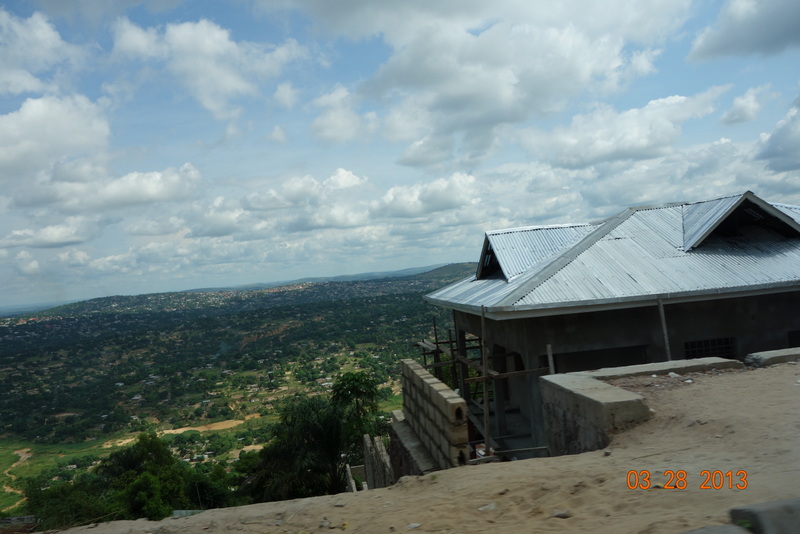| On the way in the morning we passed a burning wrecked truck, and a line of trucks backed up a mile behind. The heat was instantly felt through the windows. This photo was taken on our return, hours later, and it was still burning. It was loaded with charcoal and burned all day. Barely visible through the superstructure is the mangled wreck of another vehicle. A sad affair. Most of these large trucks carry passengers on top. Many have no brakes and are in bad repair. The road is littered with their carcasses. When one breaks down, the drivers and passengers dig up clumps of grass and place them in the road in either direction, instead of cones, to warn approaching vehicles that they are about to encounter a stalled truck in the road. |




















































